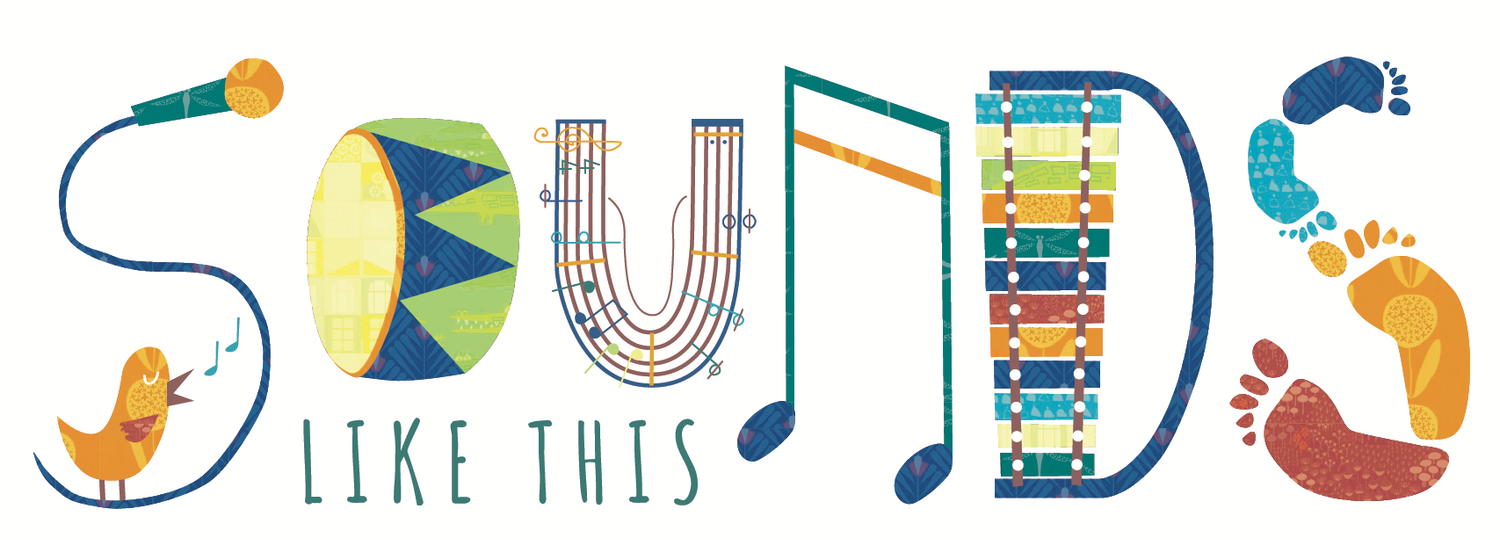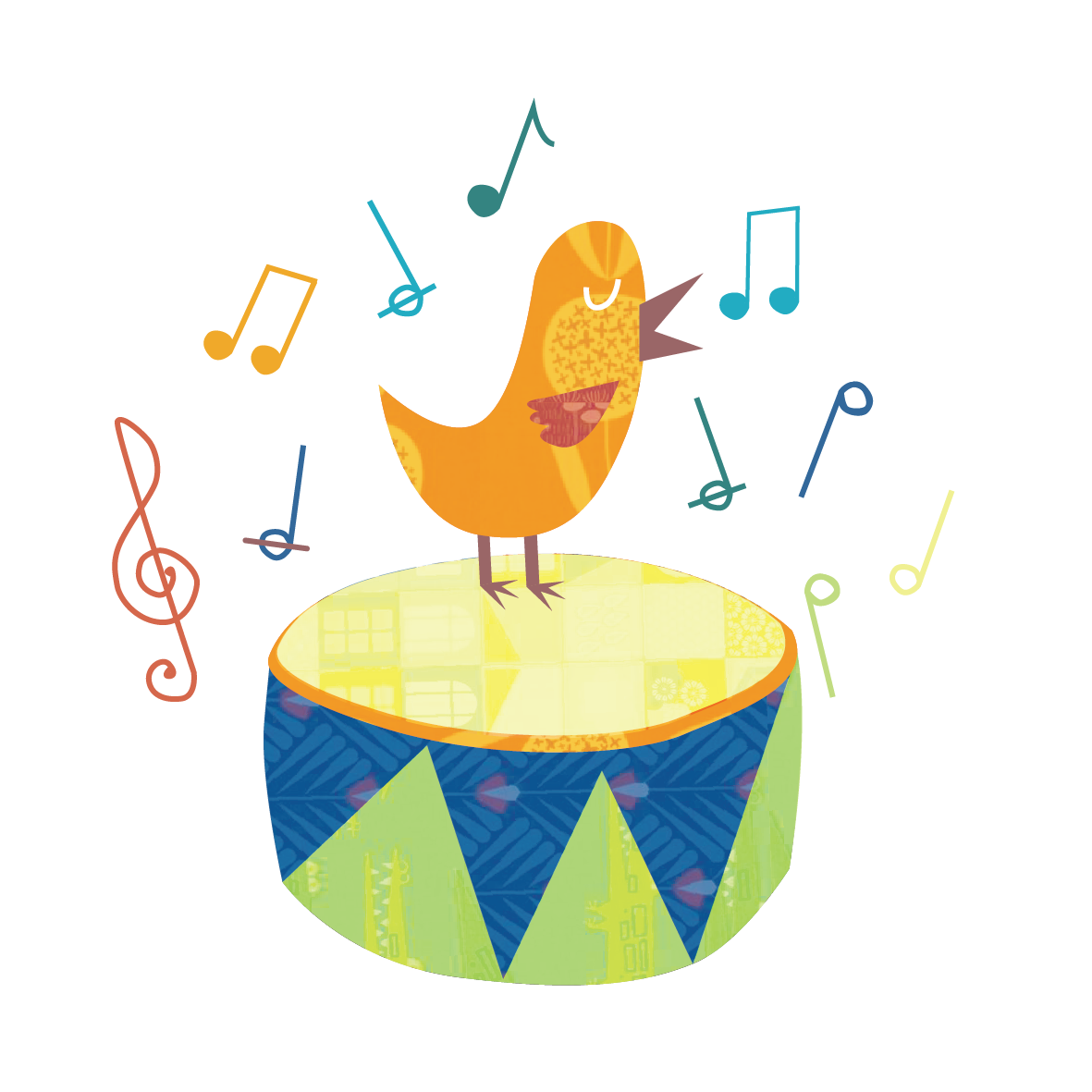Setting Up for Success in Your Early Learning Environment
Educators and families have obvious influences on a child’s early life. But did you ever think about the impact physical spaces have on early childhood education?
And when it comes to setting up a space in an early learning classroom, you can make a huge difference as an educator if you embrace the philosophy that the environment is a “third teacher”.
Physical environments in childcare or an early learning setting ARE important. We’ll have a look at why they matter and how you can create an environment to support creativity and education in your ELS.
Why learning environments are important in early childhood education
According to the Reggio Emilia approach, the spaces children spend most of their time in—such as their childcare, early learning setting, or home—can impact what and how they learn.
The way physical spaces are laid out can help with early childhood heart growing, brain-changing, and bond-building. They can promote relationships, collaboration, communication, and exploration through play.
Even more importantly, different props and materials in the environment can help promote child-led play and experimentation, creativity and music-making, and problem-solving skills.
So what makes a good early learning environment?
Before we even begin looking at how to create a learning environment where children can thrive, we need to identify our own goals for individual youngsters, as well as the group.
Just what does “success” look like for you when it comes to supporting ankle-biters in their early childhood years?
According to the Australian Children’s Education and Care Quality Authority (it’s a bit of a mouthful so we’ll stick with its acronym, ACECQA):
“Learning environments engage and foster a sense of ownership and respect when they are aesthetically pleasing, reflect the identity and culture of children and families, and encourage a connection to place.”
From my obsessive music-making perspective, I look for the following factors as a sign of a successful learning environment for early childhood:
1. The kids are engaging
We’re educators, not entertainers! So when children passively watch music-making—or any activity—just for the sake of it, they are missing out on a vital component.
Having the opportunity to explore, experiment, and engage is where the magic happens (a philosophy that applies to ANY component of early learning).
The opportunity to observe is also all part of the learning. The difference is whether you, as an educator, can recognise the subtle signals that a child is engaging in the session and then build on that interest.
Using your skills in observation can mean you are providing the children with immediate feedback and encouragement. You can respond in real-time.
2. A sense of calm
Don’t get me wrong, I love a stomp around the room, a roar, and a bunch of hopping bunnies as much as the next person. But we’ve all seen how quickly things can spiral when it comes to little kids!
When children feel safe in their environment—and when educators can trust their setup, planning, and facilitation—the stomping, roaring, and hopping can be fabulous components to a program.
The trick is to ensure you can expand the energy and then pull back when needed.
3. Learning outcomes
For me, these outcomes are drawn from any and all developmental areas.
Does a child pass a shaker egg to his peer? Wonderful!
Does a toddler use her pincer grip to select a colourful scarf? Success!
After months of observing, a little one volunteers an animal sound during a song. Be still, my beating heart!
Learning outcomes don’t just have to be taken from music education. The turn-taking, motor skill development and confidence to engage are all laying the foundations for successful music-making.
Ways to design an early learning environment that supports creativity, music-making, and learning
Now that we’ve unpacked what success looks like, let’s get specific on how to create a physical space where many of these elements can organically unfold—especially when it comes to music-making.
We’ll be looking at the classroom as a whole, as well as incidental learning spaces and formal/informal group times.
Some educators find using a floor plan useful so you can have a bird’s eye view and ensure your space is being set up intentionally. We’re all for big sheets of paper and colourful textas so if that feels right to you, go for it!
1. Dampen acoustics
Ever walked out of a social gathering or meeting and felt overwhelmed? It could have been that the acoustics in the room were all wrong!
Trying to enjoy music (or anything, for that matter!) in an echo chamber can have a similar effect on little ones, so we must dampen the acoustics in any space that will be used by our avid music-makers.
The good news is that acoustic dampening can be done using many props you may already have access to.
Essentially, these props are absorbent; they literally absorb the excess noise so you’re left with the truest sound from your group.
You can dampen the acoustics in a room with:
A nice, cozy couch
An additional rug or two on the floor (being mindful of tripping hazards.)
Soft materials hanging on the walls. Cork art and felt boards can also look inviting!
Introducing just one or two of these elements can make a big difference. Observe the changes in your students before and after using acoustic dampening and let me know if you noticed a difference in behaviour.
2. Remove distractions
It’s hard for kids to pay attention when there’s sound, movement, or something exciting happening in another part of the room.
Even having another educator in the room setting up morning tea can be enough competition to pull focus away from you.
Another thing to consider is the volume of your voice when interacting with your co-workers.
Just as we can model behaviour to the children in our care, we can also model keeping our voices down when speaking to other staff members. Speaking in a low voice is a powerful tool in creating calm!
Of course, removing all distraction from a room is next to impossible but we can create an environment that is far more likely to see the outcomes we desire if we try:
Defining play spaces
Keeping voices low
Being mindful of when we choose to undertake routine activities like cleaning
Remember that quiet space = active listening.
3. Pick your timing
Delivering a group music time straight after lunch, when kids have full bellies and sleepy bodies, is probably not going to lead you to great success.
Choose your timing wisely when you know that the majority of the children will be focused and relaxed.
The same goes for setting aside enough time to get the most out of your music session. If you go for too long, your restless critters might get fidgety. Make it too short and you’ll rob the children of the opportunity to explore and be hands-on with the process.
You know the children in your care best so use your intuition to schedule your formal group sessions at the very best time possible.
4. Provide play spaces with cues
Children are natural world-connectors. They see links between the things they’re experiencing, even if they can’t verbalise the association just yet.
This is where planning activities can be really fun! Imagine the delight when an individual play experience, such as a sand-tray with water and dinosaurs, is extended with stories and songs about T-Rex!
Here are some other ideas of activities and the ways they can be extended with music (but your own observations will provide a wealth of ideas for this too):
Have all the colours of the rainbow available at the painting easel and then introduce colourful scarves and songs about rainbows to move to.
Encourage performances. If a child notices a big puddle outside, all you need to say is “We can’t go over it…. we can’t go under it….” to inspire a complete retelling of the chanting story, We’re Going on a Bear Hunt.
About to read a story about a farmyard? Make sure your sandpit is filled with farm animal figurines so that when the children go outside, they can continue to explore farm noises.
5. Provide interesting props and open-ended materials
Provide props and materials that stimulate all the senses, encouraging children to explore through touch, smell, and sight. Engaging items might be patterned or heavily textured.
An early learning environment designed for children to thrive often has areas dedicated to different creative experiences. That could include an arts and crafts corner, a reading corner with a little library, and a building corner with building blocks and materials.
Ready to set up your early learning space for success?
Setting up your space for success may take a few adjustments to your routine, the physical space, or the culture of communication within your room.
But as I mentioned above, even just a couple of changes can make a big difference in the success of your music-making sessions. It’s encouraging to see children begin to engage more, behave more calmly, and start to demonstrate important learning outcomes.
Keep going! Observe, adjust, trial and reflect. And before you know it, setting the space for success will become second nature to you.
Looking for more creative and play-based inspiration for your early learning setting?
Learn more about incorporating music (and all the physical, mental, and emotional benefits music-making brings!) into your early learning setting through our FREE tutorials. Get our Guide to Effective Music-Making in Your Early Learning Setting today.

